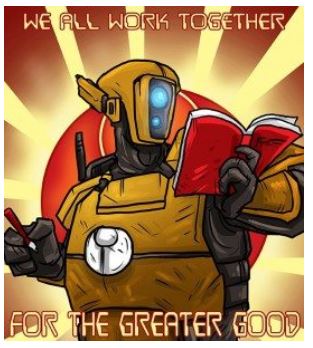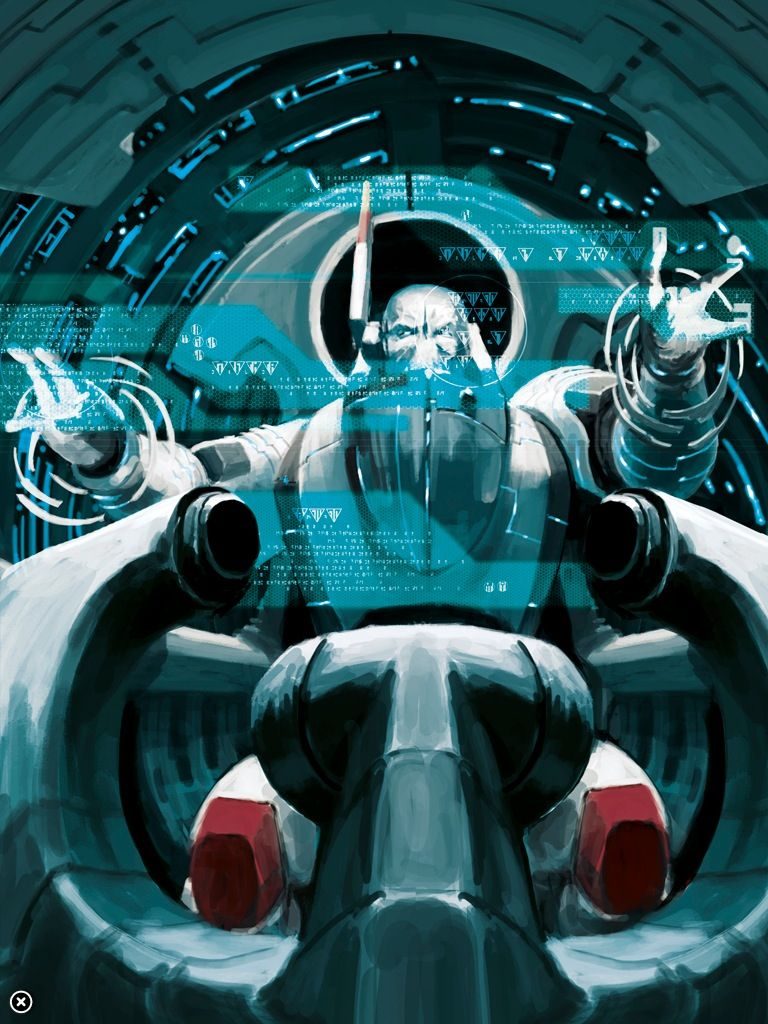
Hi folks! Rhys here. Today I’m discussing what makes a codex particularly good or bad. And as usual, check out the Tactics Corner for more great articles!
I’ll start with this: the T’au codex is not a good codex.
What exactly do I mean by this? Note that I’m not saying that the T’au codex isn’t a strong codex. While it’s not at the level of the Marines, it is nonetheless a strong book with which players can build competitive lists. The success of Richard Siegler and Brian Pullen demonstrates this handily.
No, I argue that the T’au codex isn’t good, which of course will prompt readers to ask the question: what makes a codex good?
And that’s the real issue, and while I certainly don’t have the definitive answer, if such a thing even exists, I can definitely offer readers my two cents on what makes a codex not good. And I’d say that one of the elements of a poor codex is this: lack of depth.
What exactly does that mean? Put simply, a codex without depth offers players few strong choices. And this is exactly where we T’au players find ourselves at the moment. There is really only one way to play T’au competitively, and we all know what it is: three Riptides, three Commanders, and at least 40 Drones.
Before I go any further, let me acknowledge that not all competitive T’au lists follow the above formula. I think we should acknowledge the heroic T’au players who rock up to events with six Hammerheads and three Skyrays. And anyone who goes deep into a tournament with a double Y’vahra list is someone whom I respect.
But most of the time players know what they’ll be up against if they’re to play a T’au army competitively.
In my previous article, I discussed the main changes to the T’au codex in Chapter Approved 2019. And while there are now a couple more interesting units in the codex, I argued that the core of competitive T’au lists won’t change.
Good players know that points reductions are seldom enough to make units more attractive to competitive players. The problems that seldom-used units have are usually found in sub-par performance on the tabletop, which means that the datasheet itself is under-powered. And while we do find units that perform well but are much too expensive to take, this usually isn’t the case.
Indeed, the most important points changes tend to make units more expensive. Consider the Knight Castellan. Earlier this year, it was absolutely everywhere. At the peak of its power, roughly 25 per cent of the meta used the Knight Castellan in one form or another. And it was easy to see why. It was an absolute monster.
But then two things happened: First, the stratagem that many Castellan players relied upon to keep it alive, Rotate Ion Shields, could no longer buff its invulnerable save to 3+. And while a 4+ invulnerable save is nothing to sniff at it, the nerf certainly made the Castellan less imperious.
Second, with a combination of chassis and weapon points increases, the Castellan became roughly 100 points more expensive.
These two changes to the unit clearly had an effect on the meta: in the weeks after the changes, we saw far fewer Knight Castellans on the tabletop. And while we certainly still see Knight lists perform well in tournaments, we see far fewer than we did.
So what does this mean for the T’au codex? If the rules writers really wanted to change the T’au meta, they would’ve done what they did to the Knight Castellan: they would’ve made Riptides and Shield Drones more expensive. They didn’t. I’m sure my fellow T’au commanders breathed a sigh of relief when they heard this news. I certainly did.
But we know that T’au are due an update in the Psychic Awakening series. Indeed, the book after next is called “The Greater Good”, so we know this will be the T’au-focused update. And if the releases continue at their current rate, we’ll see this book in February or March.
It’s not entirely beyond the realms of reason that this update to the faction will bring significant changes.
For example, we could see an update to Shield Drone mechanics. Precisely what would change is, of course, up for debate, but it would not surprise me at all if Games Workshop decided to change this core function of the T’au codex.
Now let me briefly state and explore what could be an unpopular opinion: the Savior Protocols rule is not broken. Hear me out.
In terms of win percentages at tournament play, T’au are sitting at a little over fifty per cent. Don’t get me wrong: this makes T’au a strong faction. But unless your name is Richard Siegler or Brian Pullen, you’re unlikely to be winning tournaments with T’au. And this means that most T’au players win only slightly more than the average player, which is pretty good evidence that the core mechanic of the army isn’t broken. It’s very good. But I don’ think it’s broken.
I also get that playing against a horde of Drones can be frustrating. They just float there, ready to obediently intercept any big hits on your Riptide like the seagulls in Finding Nemo. Mine. Mine. Mine. (I can’t take credit for that joke. That goes to my mate Will, a great Drukhari player).
I’ll discuss my thoughts on Savior Protocols in more detail in a later article, but for now I’ll get back to my point: the rule could change.
And what would that mean for the codex itself? Would such a change make the codex better or worse? It’s a tricky question. But I think that the problem of depth isn’t solved by changing one rule. It would be solved by rewriting five or so different units in the codex.
At the end of my article last week, I mentioned that the price reduction for Crisis suits won’t make them competitive. I also humorously (I hope) hinted that the return of the jump-shoot-jump rule might go some way to getting them there. And it certainly might help them along the way. It would certainly make them more interesting.
But what else? How would we make Vespid good? What could we do with Kroot? How could we get players to take Piranhas?
There is a lot of scope to improve these units. And I really hope that GW pulls something out the bag to really shake up the T’au meta. I think it’s bad for the game when a codex becomes stale. Unfortunately, the T’au codex in its current form is certainly heading that way. It’s not a good a codex. It’s a strong codex. But it’s not a good codex.
And remember, Frontline Gaming sells gaming products at a discount, every day in their webcart!

